Research lines
The main purpose of our research group is the design and development of new elastomeric materials for advanced applications.
Precisely, the central research areas that we are working on are:
Active R+D projects
| Chemskills: enabling the green and digital skills transformation of the chemical industry The ‘Chemskills: enabling the green and digital skills transformation of the chemical industry’ project is a response to ongoing digital and green transition alongside chemicals strategy for sustainability in the chemical industry. The project wants to identify and develop green and digital skills and produce “safe and sustainable chemicals by design” skills within the low-carbon energy-intensive ecosystem. Leadership on WP8 (rubber) and partner on WP2 (impact and dissemination) Reference: GAP-101103234 Link Founding information | 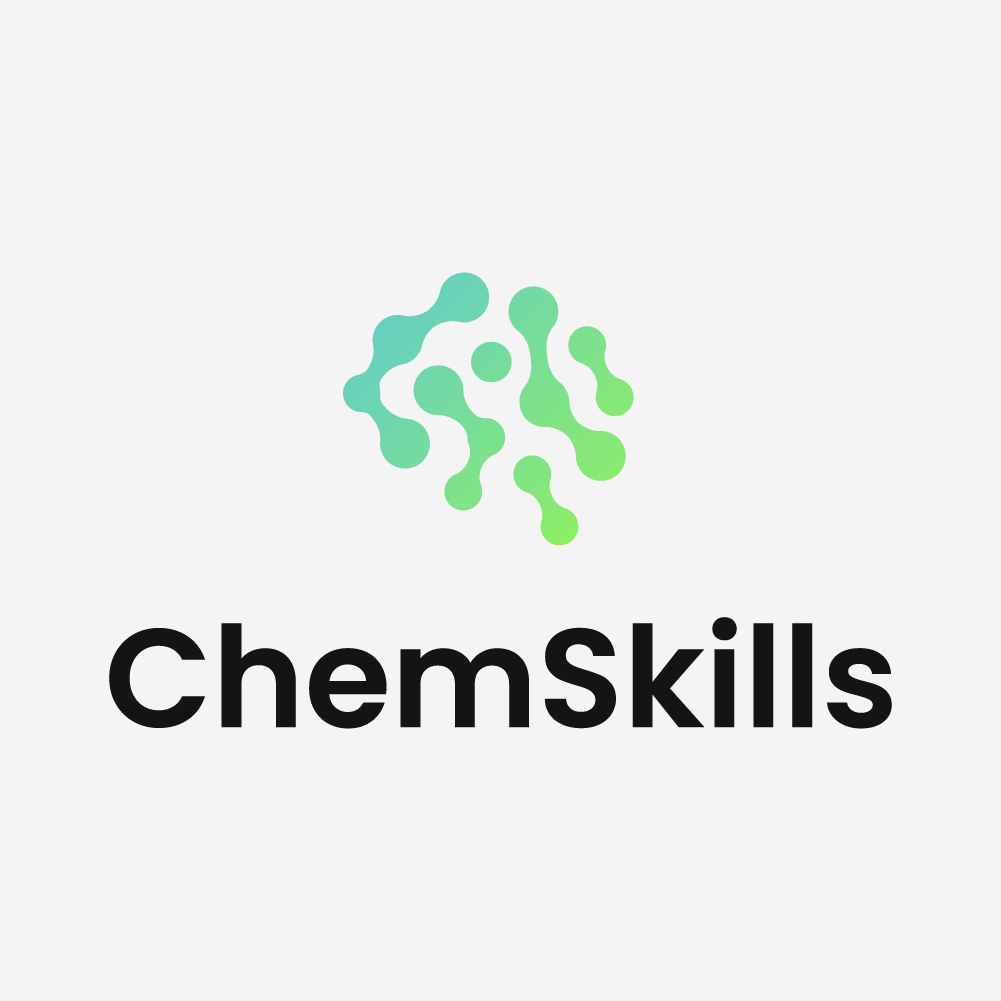 |
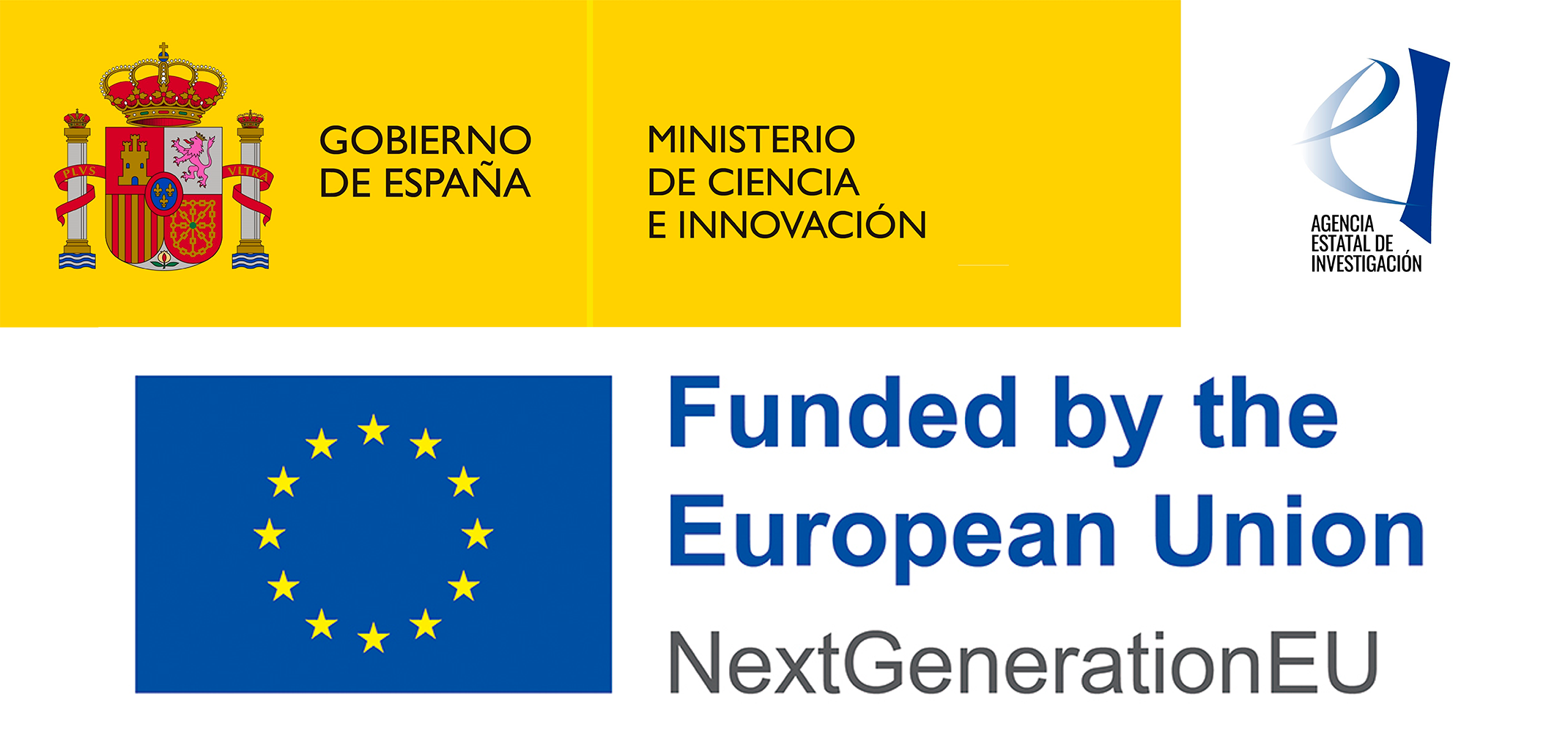 | 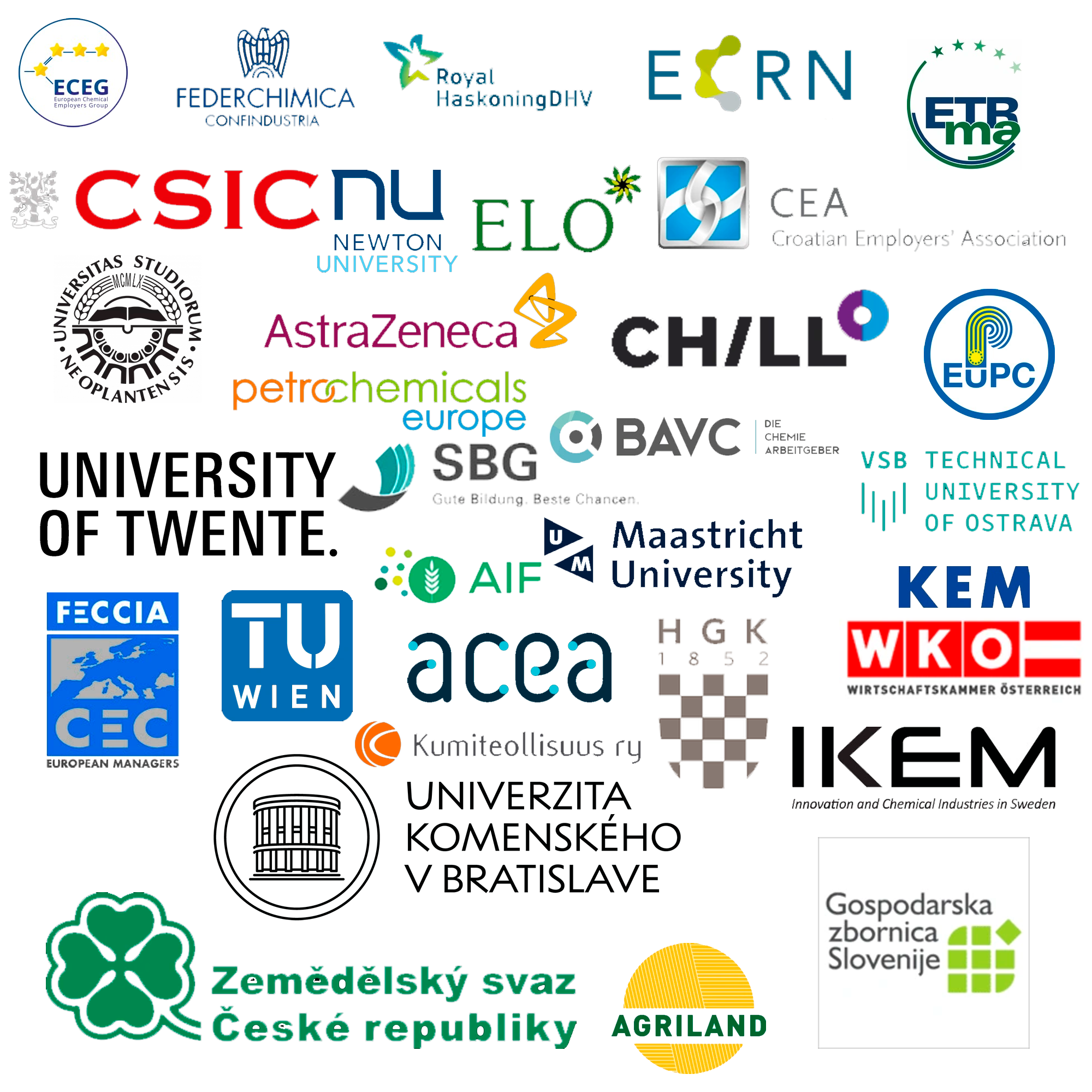 |
| Enhancing circularity by using renewable monomers and sustainable chemical strategies of polymer upcycling The next grand challenge for polymer chemistry is to develop materials and processes that can be efficiently recycled directly into their own starting materials, i.e. chemical recycling to monomers (CRM) or to products like crude oil fractions. Polymers produced from recovered monomer feedstocks have no loss of properties; moreover, the process recovers embedded value and mitigates environmental effects. Yet, CRM capability is not sufficient to establish an ideal polymer economy — polymer performance must meet the demands of diverse applications. Reference: PLEC2021-007793 PI: Juan López Valentín Link | 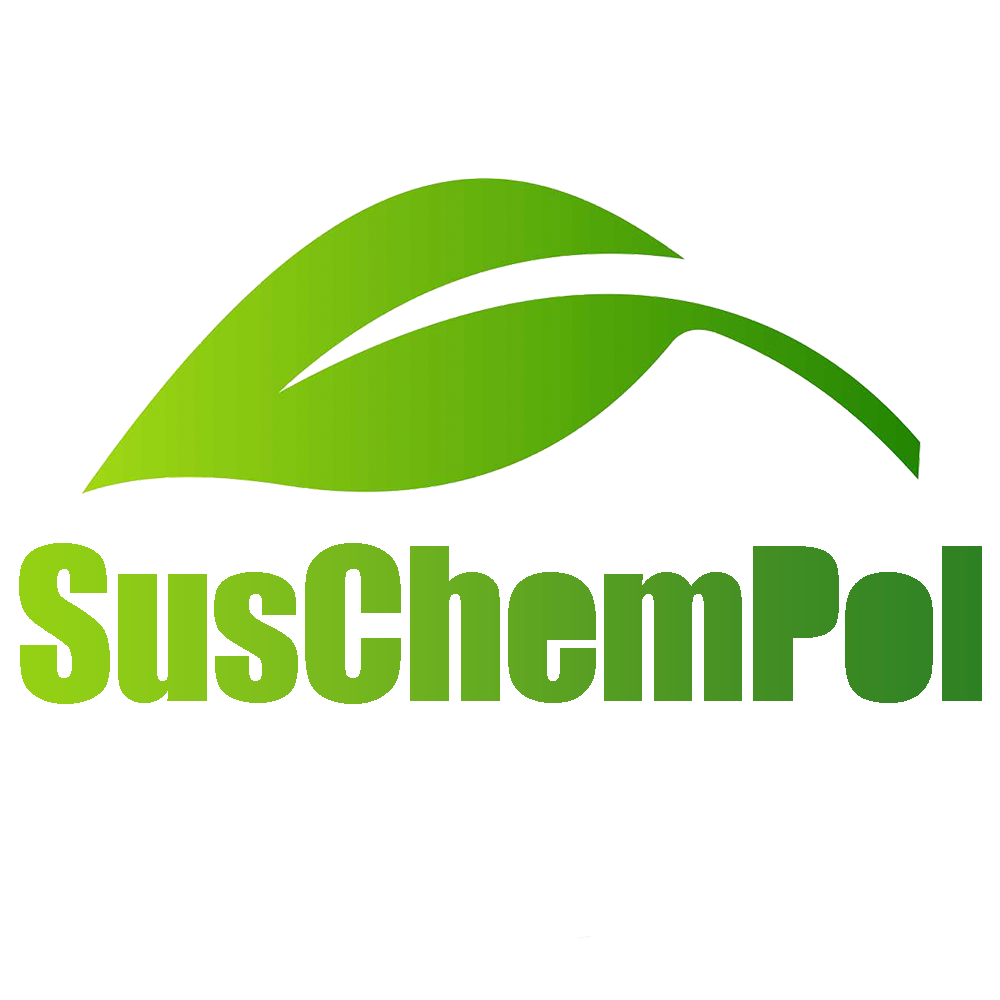 |
 | 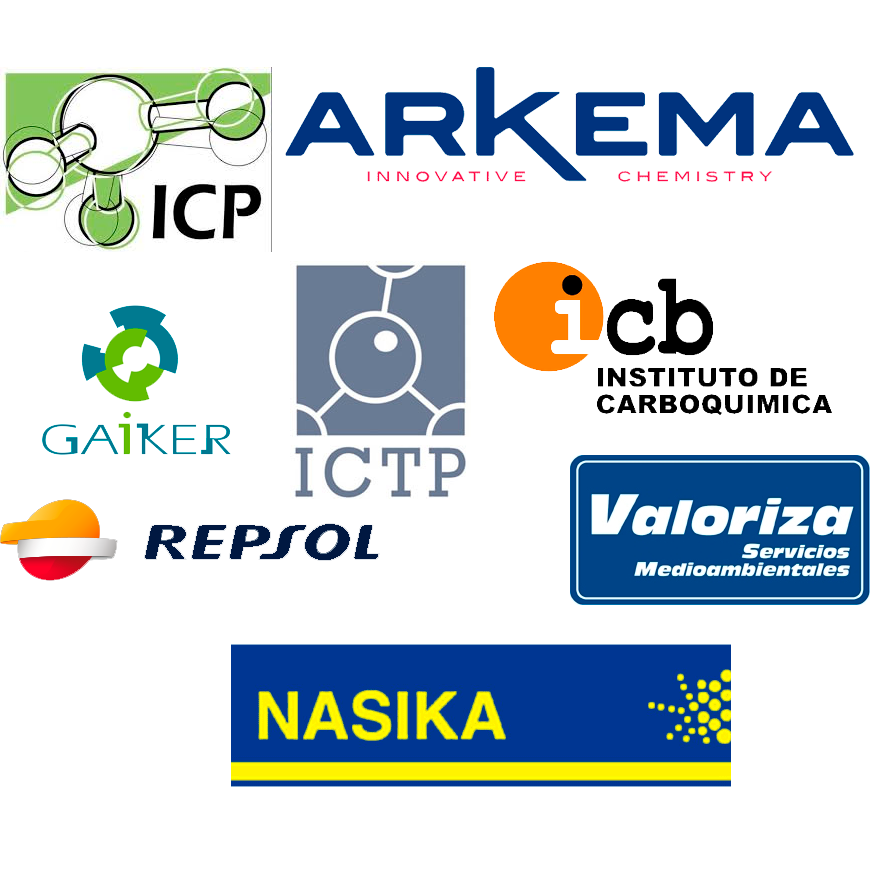 |
| Reutilización sostenible del caucho de NFVU para la fabricación de neumáticos macizos The main objective of this business research project is to increase sustainability in the management of end-of-life tires NFVU through the incorporation of high fractions of rubber powder from these wastes both in rubber compounds and polyurethane compounds for the manufacture of a high performance and high added value product such as solid tires. Reference EC-22-2021 PI: Juan López Valentín Link |  |
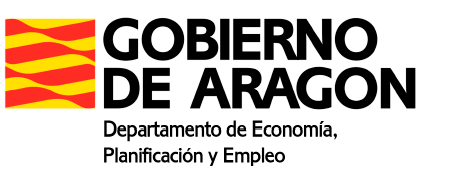 | 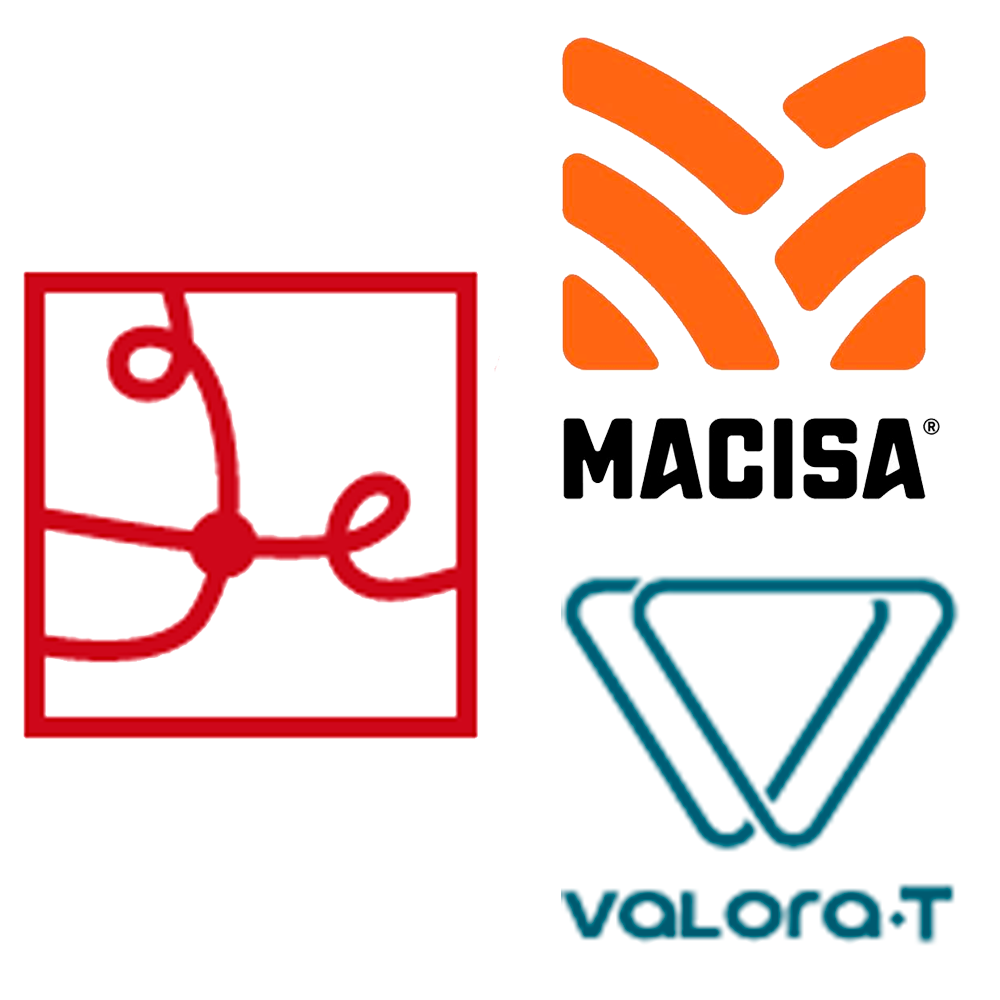 |
| Nuevas metodologías para el reciclado de plásticos y caucho para aplicaciones de alto valor añadido The main objective of this project is to increase the sustainability of polymeric materials through new methodologies for the chemical recycling of plastic materials and the devulcanization of elastomeric compounds to be incorporated as quality secondary raw materials in different high performance and high added value applications. Reference PID2020-119047RB-I00 PIs: Juan López Valentín y Ángel Marcos Fernández Link | 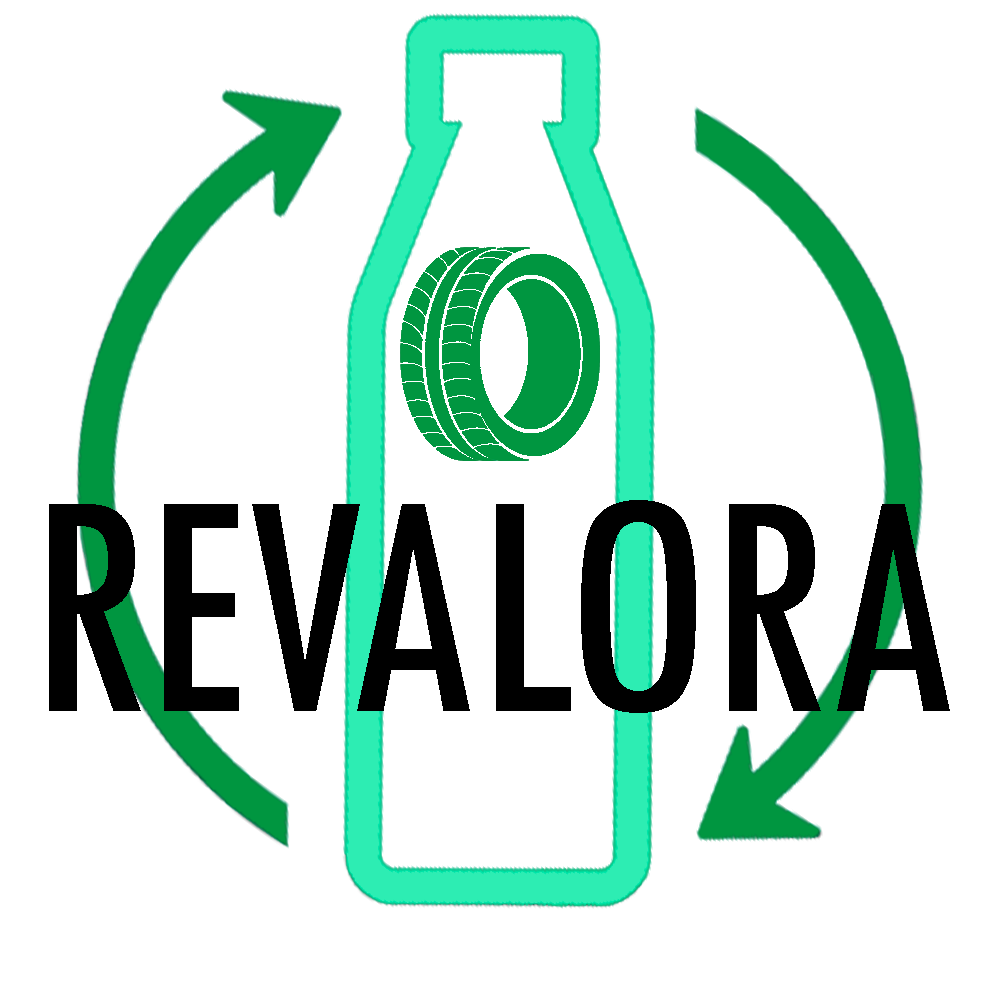 |
 |  |
| Bandas transportadoras Ignífugas, Antiestáticas, Resistentes a los aCeites y compatibles con la normativa Alimentaria (BIARCA) The main objective of the BIARCA project is the development of a new conveyor belt for food contact, based on white rubber, that can work in environments with explosive atmospheres and that shows resistance to oils. A fundamental part of the work to be carried out in this project is the research and development of a new rubber formulation that meets these specifications. Currently, there is no conveyor belt in the industry that can certify simultaneous compliance with all these properties. Reference RTC2019-007287-2 PI: Juan López Valentín Link |  |
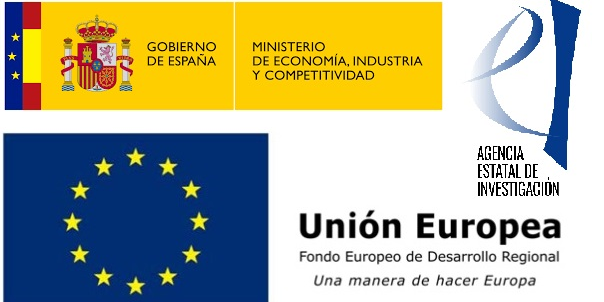 | 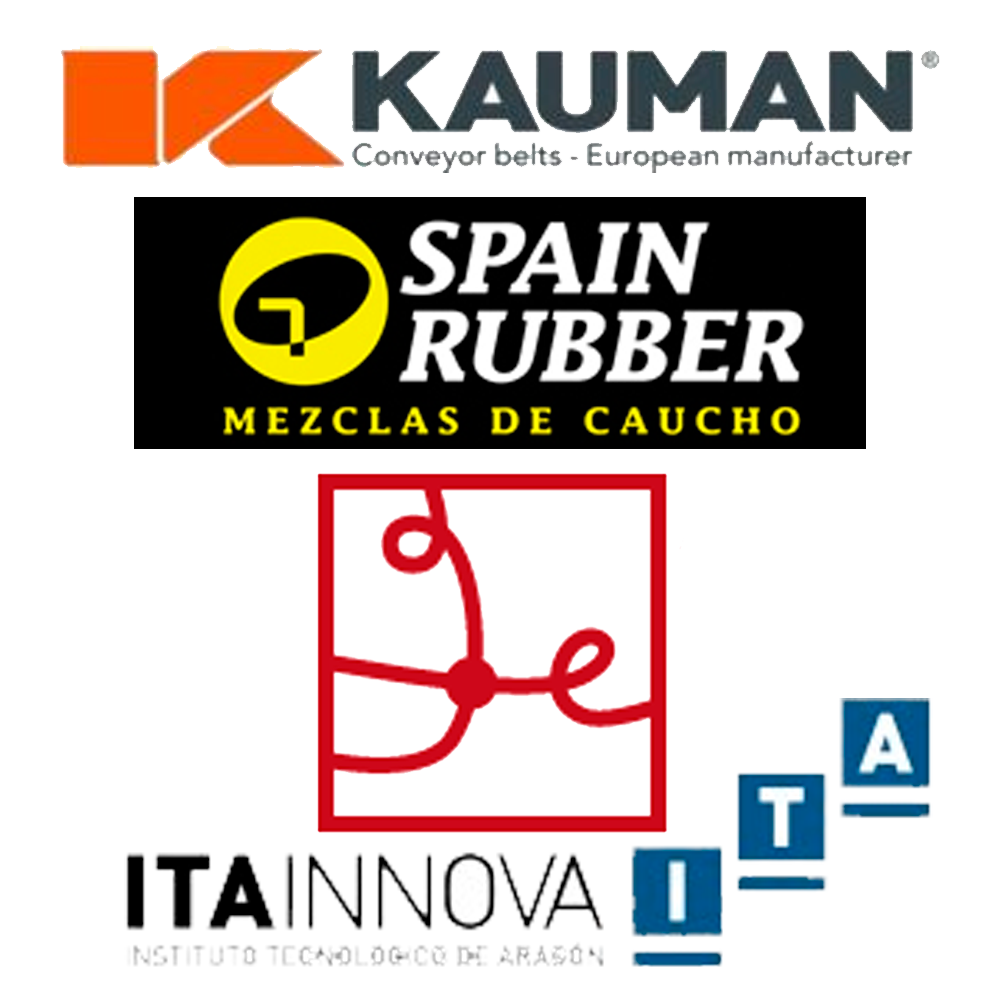 |
| Nuevos recubrimientos de poliuretano auto-reparables para piezas de automoción PUrestore Transparent bi-component varnishes based on aliphatic polyurethanes are fully implanted products in the automotive sector, due to their excellent balance between flexibility, weather resistance, durability and excellent visual appearance. However, the constant evolution of the automotive sector to meet new demands of users, as well as high productivity (business competitiveness) and sustainability (viable alternatives to environmental challenges) drives the development and implementation of new technologies. In particular, the demand for coatings with improved strength that maintain the aesthetic and functional protection capacity has promoted the development in the field of self-repairing coatings with the capacity to repair damage. In this direction, during the last years our group has managed to design polyurethane systems with this capacity of self-repair using light as an external stimulus. These promising results have served as the basis for the proposal of the PUrestore project, where we want to reach a new range of selfhealing coatings based on polyurethane, to decorate and protect automotive parts of high aesthetic quality. For this, the insertion of new molecules able to establish non-covalent dynamic bonds will be necessary, which will provide the system with its self-repair capacity through thermal activation. The main objective of this project is to develop a new range of self-repairing polyurethane coatings, to decorate and protect automotive parts of high aesthetic quality, through a series of non-covalent dynamic links. Reference RTI2018-096636-J-I00 PI: Rodrigo Navarro Crespo Link | 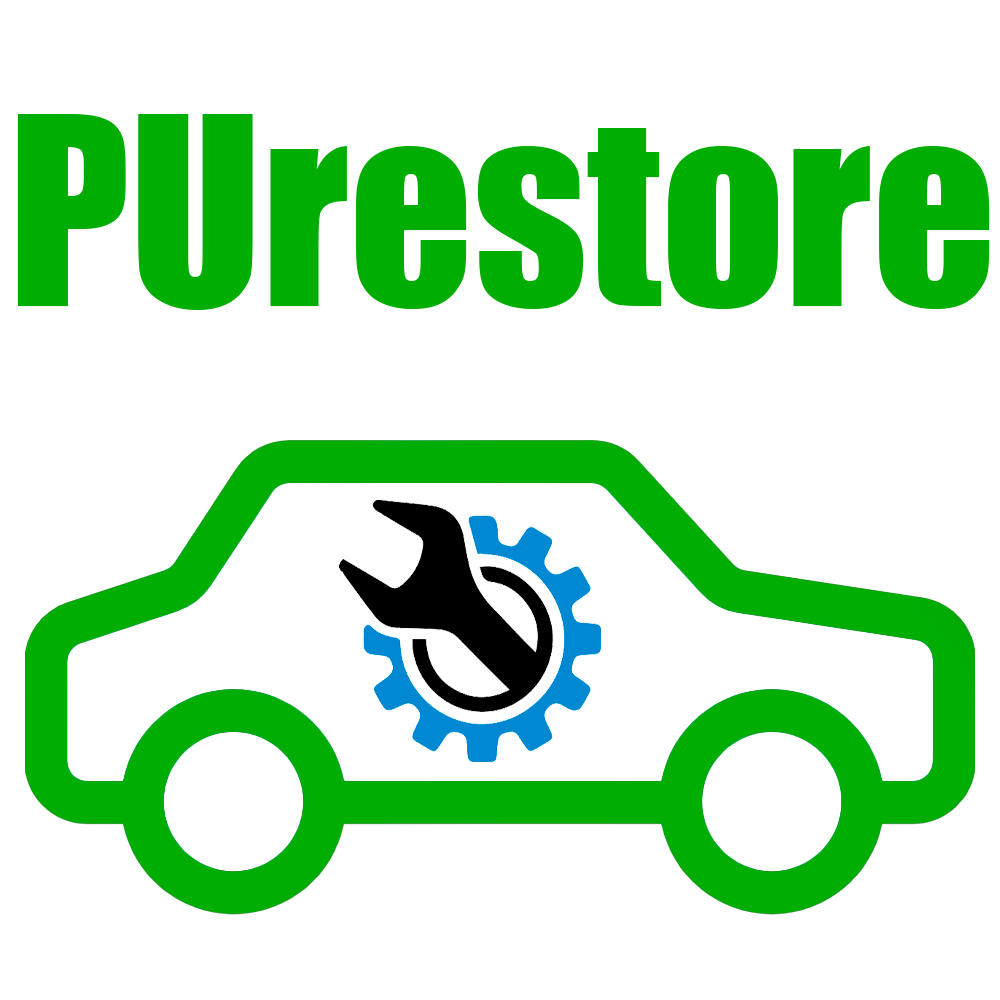 |
 |  |
| Nuevos recubrimientos auto-reparantes para piezas plásticas de automoción en base a poliuretanos tradicionales y poliuretanos verdes REACTIVE The main objective is to develop a new range of self-repairing polyurethane coatings, to decorate and protect plastic automotive parts of high aesthetic quality, through the formulation with coumarin derivatives (new molecules) in traditional systems and in alternative systems free of isocyanates (alternative synthetic routes and more environmentally sustainable). Reference RTC-2016-4887-4 PI: Ángel Marcos Fernández Link | 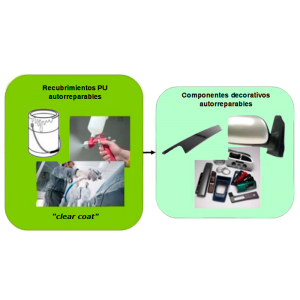 |
 | 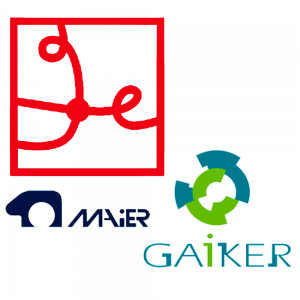 |

